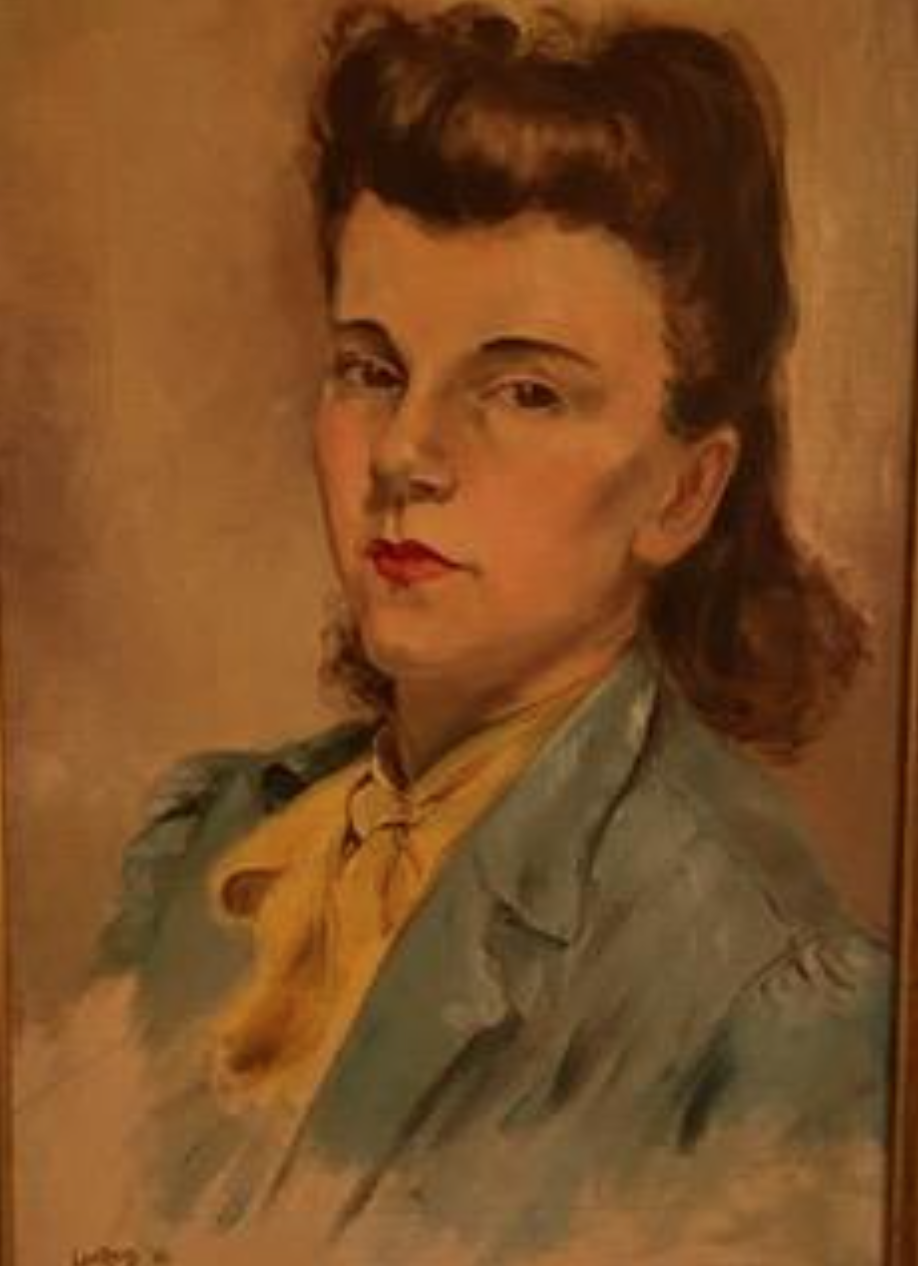What I Learned About Being a Writer From My Mother Who Was an Artist
There’s a voice in the back of my head, whispering, encouraging, imploring me. It sounds very much like my mother, who spent her life sandwiching her amazing art into the rigid rules of being a daughter, a wife, and a mother in the 1940s and 1950s.
Some of my earliest memories of my mother are of her standing at her easel, clutching a bouquet of brushes in her left hand, the one she was using in her right. Her palette was covered with dabs of paint, and the room smelled of oil and turpentine. As soon as my father, brother and I left the house in the morning she was painting. When I came home from school for lunch, the debris of breakfast was still on the table and the beds were unmade.
“I’ll do them later,” she said. “They won’t go anywhere while I paint.” First things first, I learned. Her art came first, right after her family.
When I was twelve I came home from school one day to find a big sign tacked up above the black wall telephone with the long curly cord that stretched to the stove and sink. The sign read, “SAY NO!”
“Say no to what?” I asked. “To committee work, to ladies’ lunches and bridge games in the afternoon. It’s very hard to say no to a friend, so I have to remind myself that it’s okay to refuse. If I don’t I hate myself afterward.”
“Say No,” was the second thing she taught me about being an artist. You can never be true to your art if you don’t prioritize it and say no to activities that steal time.
The third thing I learned had to do with seeing. On our frequent trips to Manhattan to gallery hop and walk the halls of the massive Metropolitan Museum of Art she taught me how to look at art and understand negative space in the visual world.
Negative space is the background that frames the subject matter of paintings and helps the viewer focus on what the painter is emphasizing she told me. It influences how we see the subject. If it’s empty it evokes emotion or imagination. But often it isn’t empty. Painters in the 16th and 17th century painted miniature cities and landscapes and interior spaces in the background. These draw the eye, give context to the painting but never eclipse the subject.
In writing, I think of negative space when I write historical fiction. It’s the background and context of all the actions of my characters, informing how they feel and think and experience the world. It contains all the facts of the world my characters live in. They must interest the reader, but never overshadow the story I am telling, because it is the story that is most important.
Finally I learned about perspective. An artist chooses the perspective they paint from. Near or far from their subject. Above or below it, from the right or the left. These decisions impact what the painting looks like and what the viewer sees.
So it is when I choose the perspective from which I tell my story. First person is the most intimate, but the reader only experiences and knows what the narrator chooses to tell the reader. Similarly in second person, my narrator is talking to someone—perhaps the reader, perhaps another character. There is a relationship between the teller of the story and the listener that I must consider. And third person, my favorite, allows me more distance, but still, unless I am using the omniscient narrator, I must be careful that the lens I am using is only the person whose eyes I am looking through.
I am eternally grateful to my mother for sharing her art and her wisdom about life and what was possible. Remember what matters to you she taught me. If you want to be a writer, then write. Practice. Teach yourself how. My mother practiced her art from the time she was old enough to hold a pencil. Her example gave me the strength to write and practice all through the years I was working as a social worker.
And when I retired I finally finished the manuscript I had been writing for six years. After two more years, How to Make a Life, was published and out in the world. My second book, Street Corner Dreams, was written in two years during Covid, and will be out this November.
Proof positive that remembering what comes first and saying “No” to the priorities of others, is the way to success as an artist or a writer.


